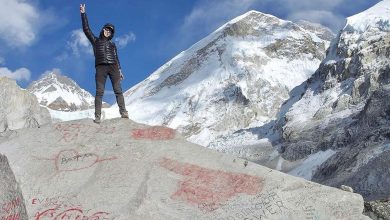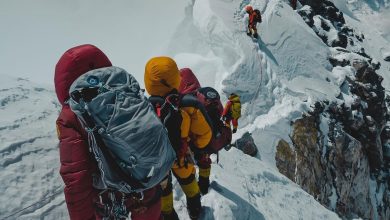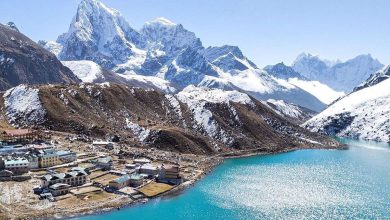Recovered and Not Recovered Bodies on Everest Death 2023
Till now, more than 325 mountaineers have already lost their lives, with more than seventeen climbers in 2023 alone.
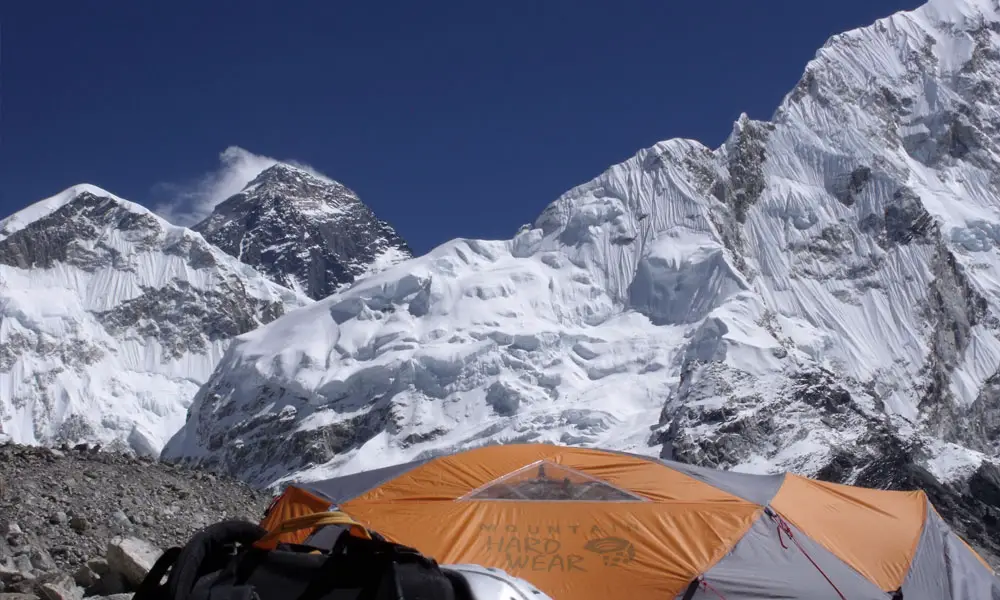
Mount Everest, standing at 8,849 meters above sea level, is the tallest peak in the world, and it has been revered as one of the ultimate challenges for climbers globally. The majestic peak draws adventure seekers from all corners of the globe, who tends to rejoice in their pride by climbing it. The journey to Mount Everest began in the 1920s’ when George Mallory led his Everest Expedition in 1922. He followed with another campaign in 1924, but both of them ended in failure. While many climbers seek to challenge their physical abilities while climbing Everest, it is also sadly checked by numerous mishaps. Till now, more than 325 mountaineers have already lost their lives, with more than seventeen climbers in 2023 alone. So, in this blog, we will discuss the Recovered and Not Recovered Bodies in Everest Death 2023. We will also explore how numerous climbers died in Nepal’s peak season of mountaineering and what contributed to their tragic deaths on Everest.
Let’s explore this in detail!
Understanding Everest | Difficulty Level And Mortality Rate
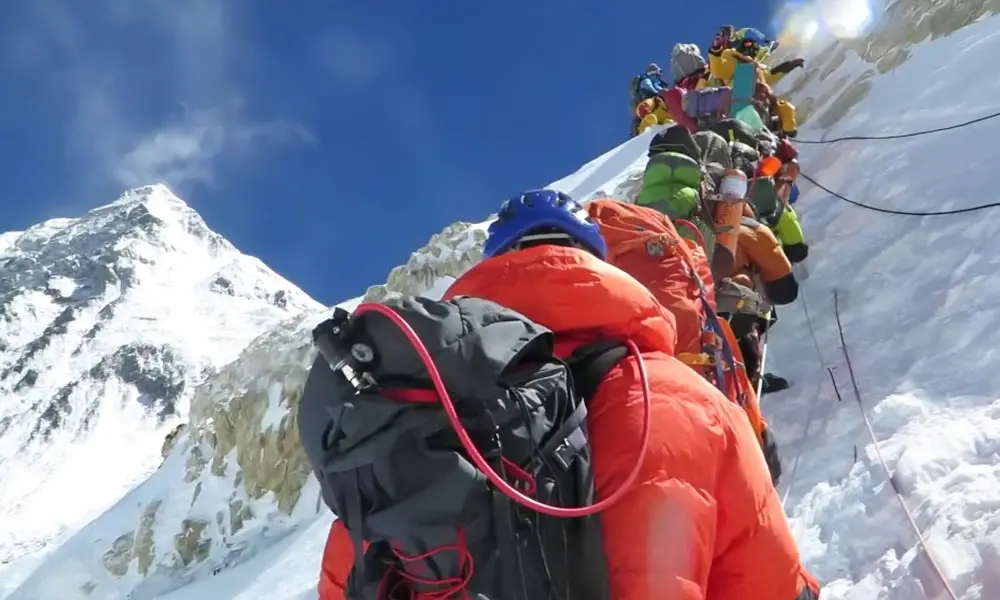
Mount Everest stands on the border between Nepal and Tibet in Mahalangur Mountain Range. It is called ‘Sagarmatha’ in Nepal and ‘Chomolungma’ in Tibet. Standing at 8,849 meters above sea level, this peak has been a center of focus worldwide.
With exceeding height, Mt. Everest comes with several risks and dangers, including harsh weather, frigid temperature and climate conditions, avalanches, altitude sickness, low oxygen, frostbite, and many others. Despite its difficulty, Sir Edmund Hillary and Tenzing Norgay first scaled Mt. Everest on May 29, 1953. Since then, commercial expeditions to Everest have been done thousands of times. Many successful climbs have been recorded, while some have ended in tragedy.
There are a couple of major routes to Mount Everest; North Col. (From Tibet) and South Col. (From Nepal). Previously, only North Col. was used by the climbers as the South Col. in Nepal was not discovered. But after Aubert, Lambert, and Flory of Edouard Wyss-Dunant’s Swiss Mount Everest Expedition first reached the South Col., the trend from Nepal’s side has increased significantly. This has caused many climbers to head towards Everest Base Camp in Solukhumbu district. While the route from South Col. is equally dangerous, it has taken the lives of hundreds of people, twelve in a single season in 2023. We are here to discuss how many dead bodies have been recovered and unrecovered from Everest in 2023.
Recovered Bodies on Everest
Recovering dead bodies from Everest is one of the most challenging tasks. When tragedies strike due to extreme weather, high altitude, and freezing temperatures, the rescue teams embark on the evacuation mission to help those who meet the tragedies. Despite these challenges, rescue missions are carried away every year, risking the own lives of rescuers. The year 2023 became more busy compared to the previous years when it came to rescuing from Everest.
Here is the list of recovered bodies on Everest death 2023:
Ang Kami Sherpa
Ang Kami Sherpa, a professional climber and guide, lost his life after falling on a helipad at Camp II. The accident occurred on May 23. He was a lead kitchen staff for the expedition groups on Everest and was helping with the logistics when the mishap occurred.
Immediately after the incident, Ang Kami Sherpa was brought to Everest Base Camp for evacuation.
Suzanne Leopoldina Jesus
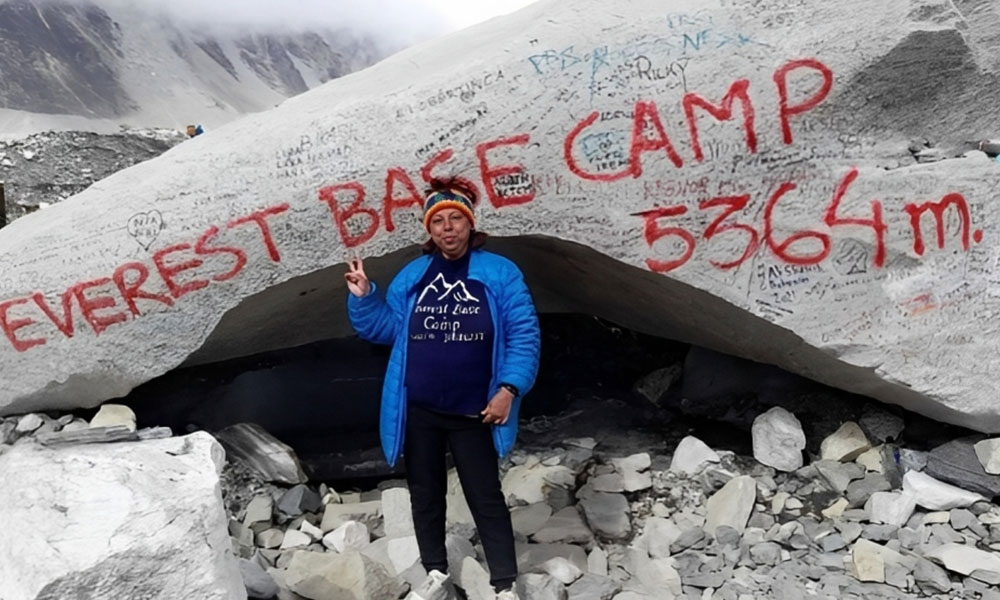
Suzanne Leopoldina Jesus was an Indian climber who died on May 18 due to her negligence. As per the reports claimed by Nepal Mountaineering Association, she was not fit to climb the mighty Everest. Also, she was told to postpone her expedition campaign, which she did not do. As she had critical health issues, she was forcibly brought back to Lukla by helicopter. However, she died after reaching Lukla. Her family was to claim her dead body from Lukla, where she took her last breath.
Jason Bernard Kenning
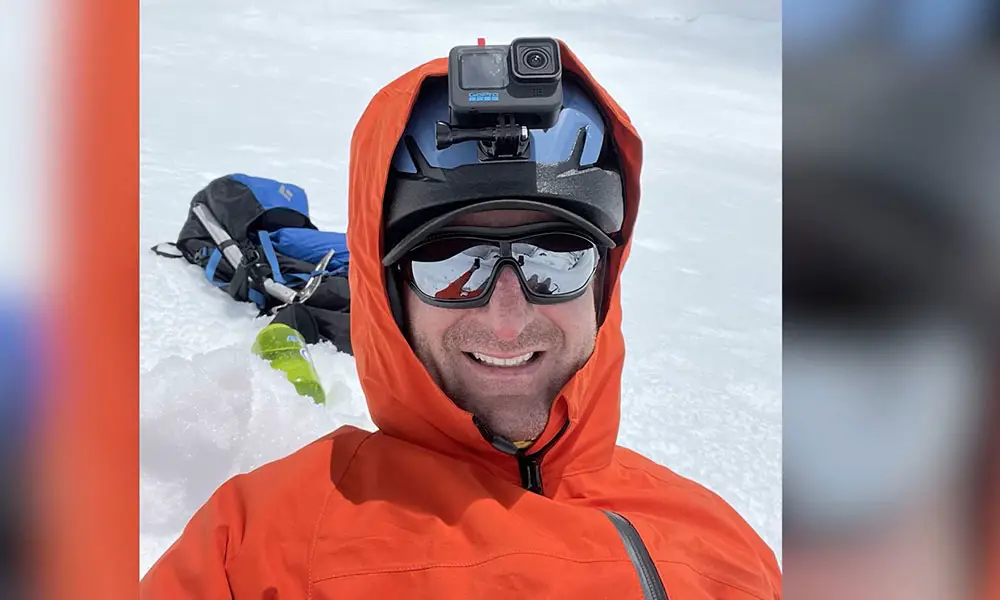
Jason Bernard Kenning was a car crash survivor in 2006 but could not cheat death this year. He started his Everest Expedition in May 2023 but was met with a tragic incident. It was reported that he suffered from a bad health situation, after which he was evacuated to a lower altitude. However, he died in a balcony area of Everest. Jason’s family has already come in contact after his death. They mentioned that Everest Expedition was the dream of his lifetime.
Askandar Bin Ampuan Yaacub
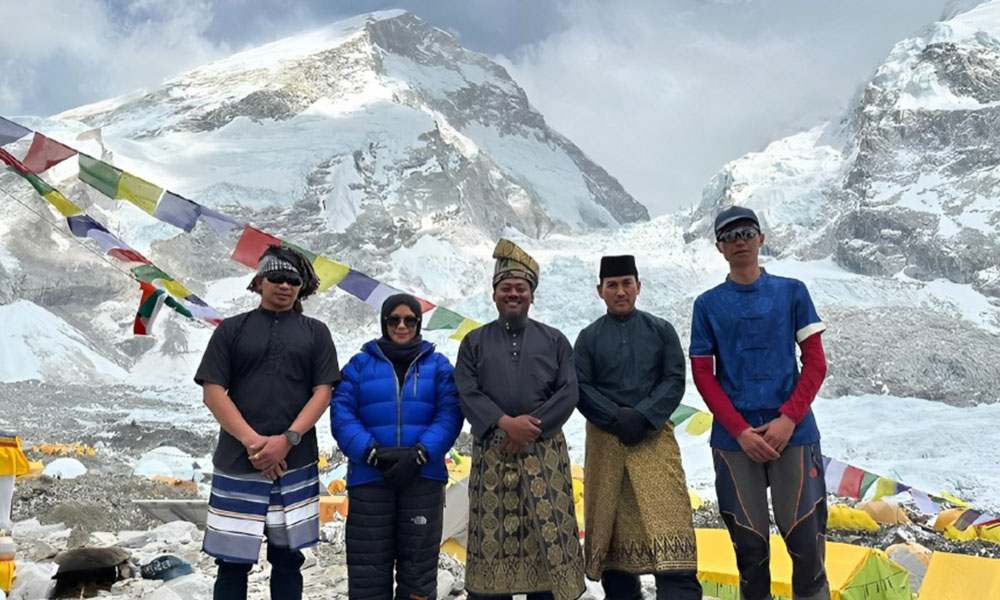
Askandar Bin Ampuan Yaacub was a Malaysian Police Officer who died of altitude sickness and health issues. Professional guides and crews immediately evacuated him from the South Summit of Everest. He was brought down to the balcony area of Everest, where he sought medical attention but tragically died in the process. The evacuation process continued after the tragic moment of Askandar Bin Apuan Yaacub.
Phurba Sherpa
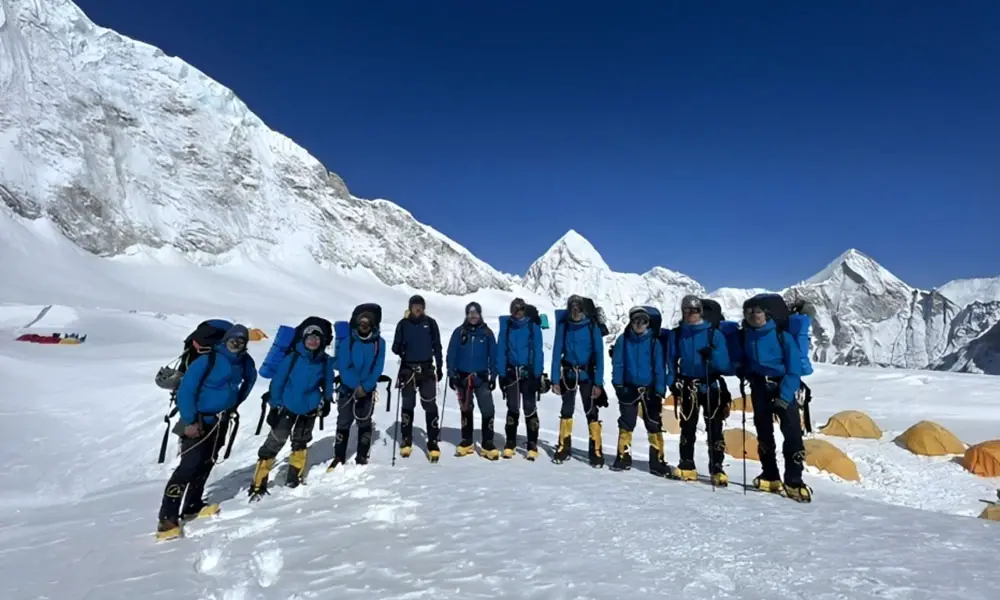
Phurba Sherpa was a Nepal Army’s Everest Clean-Up Campaign member under Lt Colonel Kishor Adhikari. He died near Yellow Band on Everest after he fell ill. He was immediately evacuated to the lower altitude by his crews and Sherpas.
Xuebin Chen
Xuebin Chen was a Chinese Expeditioner who died on May 18, 2023, while changing his oxygen supplements. He was in the process of replacing the oxygen cylinder at South Summit when he fell and lost his life. Chen’s family has contacted the team via the Chinese Embassy, and his body has been recovered at the base camp.
Victor Brinza
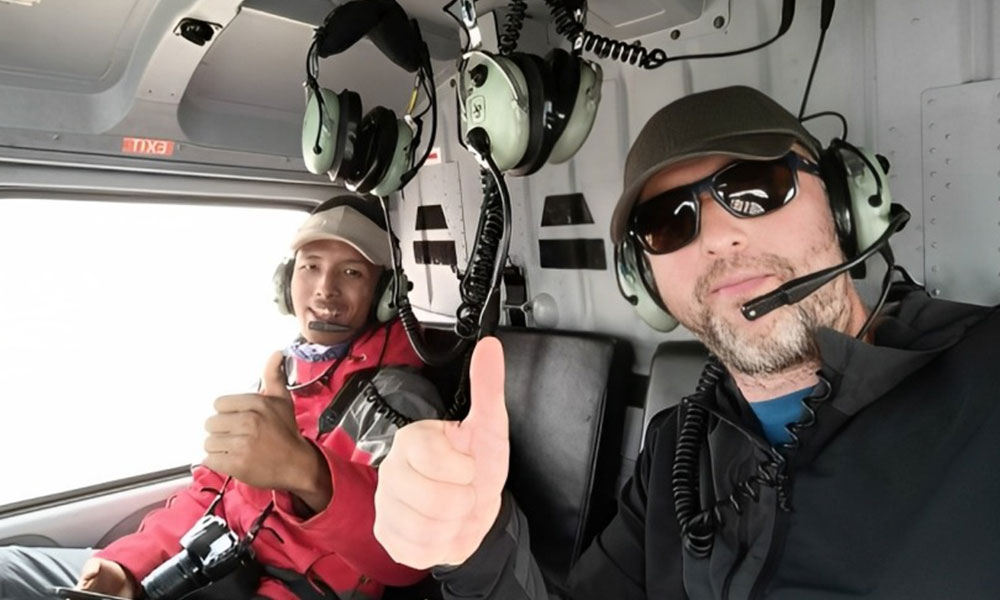
Victor Brinza was a Moldovan climber who took his last breath on Everest on May 17, 2023. He was on the verge of stepping on the top of Mount Everest; however, he died en route. He followed the South Col. route to the Everest Summit but lost his life due to health issues during his climbing phase in between a sharp ridge of Mount Everest and Lhotse. Several efforts were made to airlift his dead body to the base camp.
Jonathan Sugarman
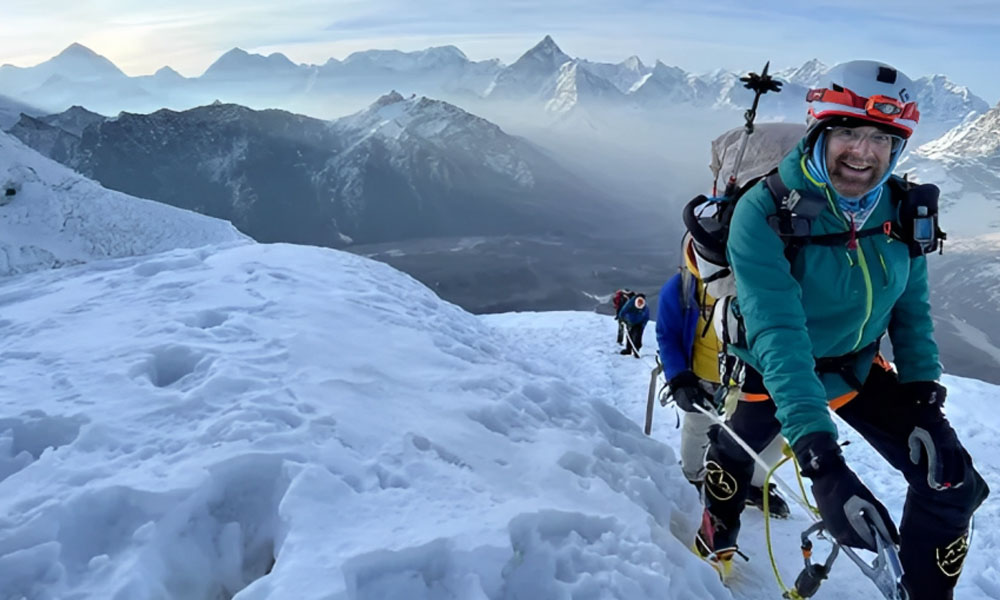
Jonathan Sugarman’s dead body was in the process of bringing down to the base camp from the place where he died. Jonathan, a retired doctor from Seattle, took his last breath at Camp II when he climbed with his team. Altitude sickness was said to have played a major part in his death as he showed symptoms and felt unwell in the process. After the incident occured, rescue teams teamed up to bring back his body down to Everest Base Camp.
Not Recovered Bodies
There are several dead bodies still remaining on Everest. Some famous bodies like Francys Arsentiev, George Mallory, David Sharp, Rob Hall, and many others lie on Everest with no evacuation operation. In 2023, more than twelve climbers have already died on Everest, of which only some recovered. Those who are yet to get recovered from Everest are listed below. Let’s explore:
Dr. Pieter Swart
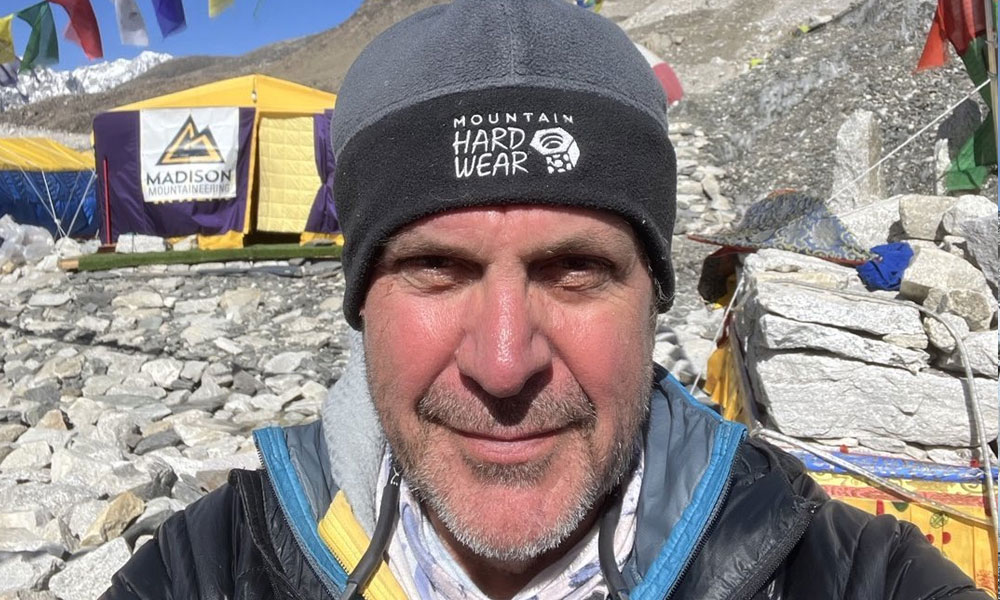
Dr. Pieter Swart’s body remains in Everest after his tragic demise on May 24, 2023. It was reported that he died of ‘respiratory issues’ that happened at around 7500 meters above sea level. He successfully conquered Mt. Everest, but once he left Camp IV during the descend, he fell ill and could not move forward.
Themwa Tenzing Sherpa, Lakpa Rita Sherpa, and Badure Sherpa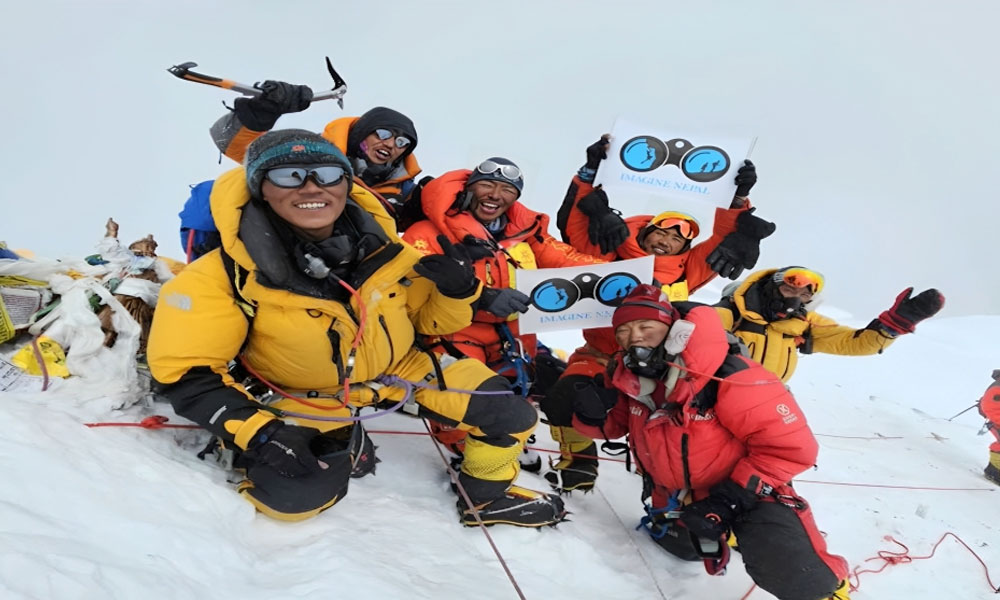
Themwa Tenzing Sherpa, Lakpa Rita Sherpa, and Badure Sherpa are three professional Sherpa guides who died in Everest. They were the first three to die in 2023. They were buried under a crevasse after a huge ice sheet fell upon them. They are still missing, and a search mission has already been operated.
Difficulties in Recovering Dead Bodies
Climbing Everest might be a challenging job, but rescuing and recovering dead bodies from Everest is equally risky. We are already known for high altitude, extreme weather and climate conditions, storms, avalanches, and temperature factors that influence the difficulty. Here are some insights into such factors and how they affect the rescue mission from Everest.
High Altitude and Thin Air:
Mount Everest does not need any backup story for its elevation as it is the tallest peak in the world. But as the elevation increases, the air becomes thinner, and the oxygen level is depleted. These issues can cause altitude sickness, fatigue, and low physical performance, which directly hampers the rescue mission on Everest. Thus, it makes the operation of the rescue mission more challenging.
Extreme Weather:
The weather conditions of Everest are unpredictable. It can dramatically change even during the peak seasons of Autumn and Spring. Storms, blizzards, and avalanches are common natural hazards we experience on Everest. All these factors complicate the evacuation task as it is life-threatening to rescuers and the climbers seeking help.
Technical Difficulties:
We all know that climbing Mount Everest requires high technical climbing skills. To rescue dead bodies from Everest, rescuers must traverse the sloppy ridges. Some bodies lie in inaccessible places after fall, requiring more prioritized technical skills to evacuate. Using technical climbing skills like fixing ropes, using crampons and ice axes, and proper use of climbing boots are very important.
Limited Time Window:
The time frame for rescuing dead bodies from Everest is very limited. This is because of the dynamic weather conditions, which can change within a few times. And if the rescue mission is during the off-seasons, it becomes even more challenging to operate because the extreme weather and freezing temperatures lead to delayed missions. The rescue mission can even get postponed or canceled because of it.
See more: How Long Does It Take To Climb Mount Everest?
High Cost and Resources:
Recovering dead bodies on Everest requires a huge chunk of capital. Whether the rescue mission is led by professional Sherpas or via Helicopters, the budget should be allotted in huge volume. Factors like organizing rescue teams, logistics, permits, equipment, and transportation will affect the total cost. Moreover, funding and allocating resources for recovery operations can be even more challenging for the rescue team to operate their task.
Risk to Recovery Teams:
All the factors discussed above pose a high risk to the recovery team. While the dangers of Mount Everest are similar for everyone, rescue teams will be even more complex because of the deteriorated environment. For this reason, safety should be the utmost priority for the recovery team so they can recover the dead bodies from Everest more conveniently.
Safety Measures and Regulations
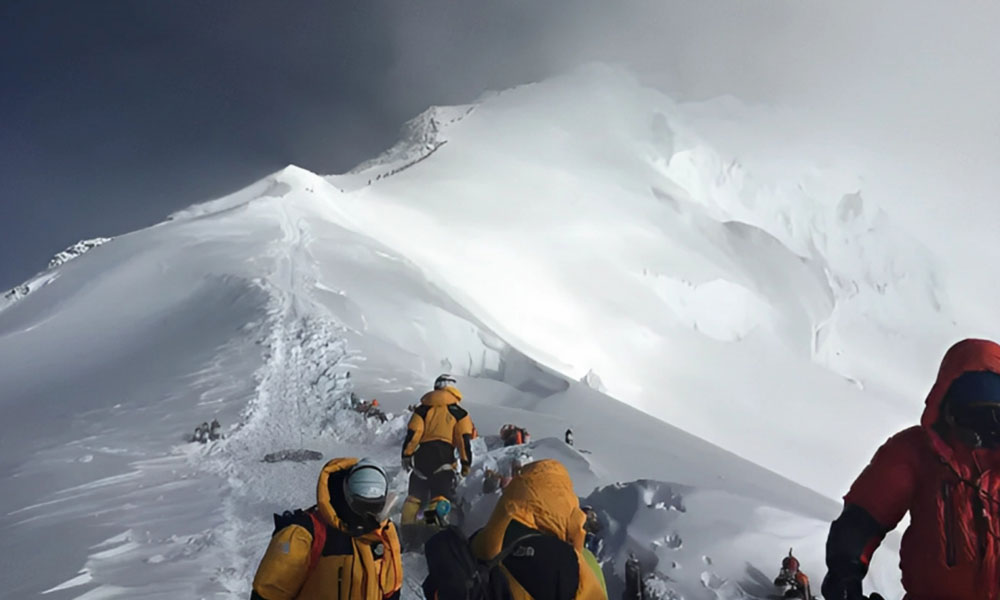
As safety is the priority of the recovery team, they need to consider preparing the following things. They should go through strict planning and strategy before launching their rescue mission on Everest.
Experienced and Trained Teams:
Recovering dead bodies is even more challenging than climbing Everest. The recovery team should comprise experienced and trained crews for the handy workouts. These crews must have an extensive background in mountaineering and recovery skills. Also, they should have climbing techniques, rope handling, crevasse rescue, and high-altitude medicine skills.
Adequate Acclimatization:
Acclimatization is very essential workout to do before embarking on the recovery mission on Everest. The recovery crews should possess the basic acclimatization skills that follow gradual ascent and descent. Similarly, they should have the skills to minimize the risk of altitude sickness at high altitudes. Like climbers, recovery crews also should focus on their physical health with the help of hydration, enough rest and sleep, and eating nutritious food.
Comprehensive Risk Assessment:
A comprehensive risk assessment should be conducted within the recovery crew before going on a rescue mission on Everest. This may include evaluating weather and climate conditions, elevation, avalanche, rockfall risks, etc. Also, it is a wise idea to have ‘Plan B’ for the rescue mission, so if the main plan does not work, rescuers can opt for Plan B.
Proper Equipment and Gear:
As we know that Mount Everest poses numerous risks regarding the weather, climate, altitude, and treacherous landscapes, rescuers should opt for proper planning with equipment and gear. The recovery crews must don high-quality clothing accessories and gear like ice axes, crampons, climbing ropes, hiking poles, harnesses, helmets, and avalanche safety equipment. Before embarking on a rescue mission, the rescuers should cross-check the quality and condition of these items.
Weather Monitoring:
Rescuers should be updated with every second of weather and climate. It is necessary because the weather pattern of Everest is continuously changing and dynamic. Getting weather forecasts can minimize the risk of mishaps while carrying out the rescue mission. Similarly, it helps rescuers to plan strategically and execute the rescue mission.
You may also like:
- Dangers of Climbing Mount Everest
- Rainbow Valley Everest
- How Many People Have Climbed Mount Everest?
- How High Is Everest Base Camp?
Conclusion
As we look behind the launched Everest Expeditions in 2023, around 478 Climbing Permits were issued by National Mountaineering Association (NMA). Out of several executions, some expeditions met with accidents, costing the lives of twelve climbers. But thanks to the recovery team, who has worked day and night to rescue the dead bodies and injured mountaineers from Everest. The dedication shown by the recovery teams is praiseworthy as they have reconciled the dead climbers with their families and relatives. The recovery process is challenging and costly. Nevertheless, the crews are motivated to work on their feet. Thanks to their never-giving-up attitude.
